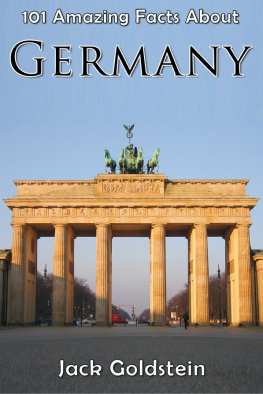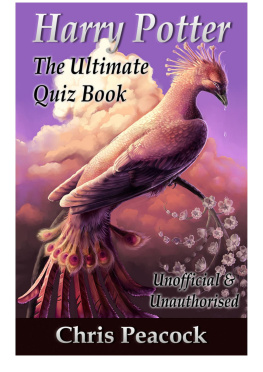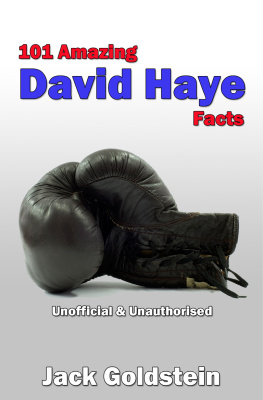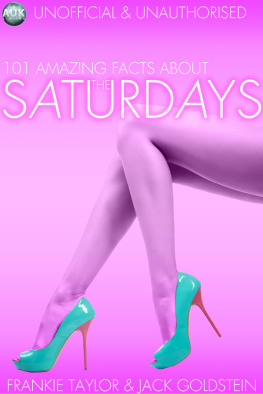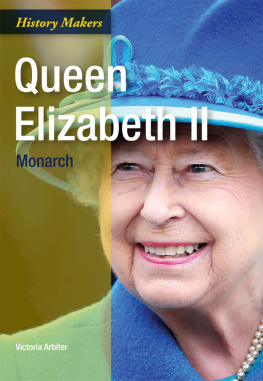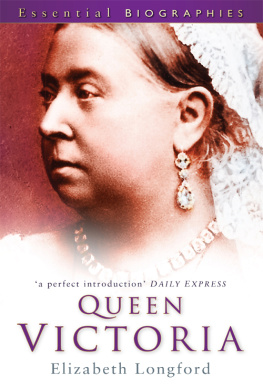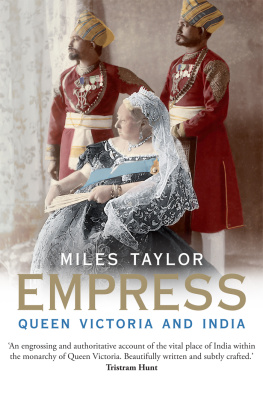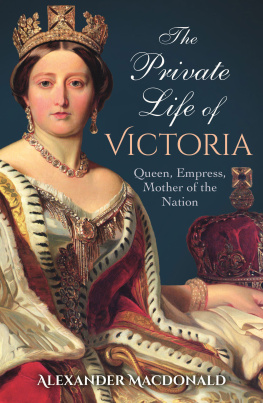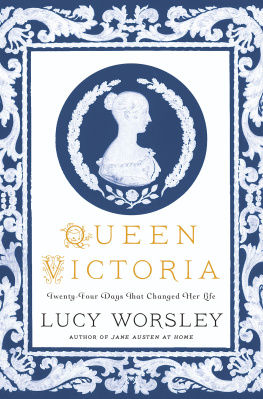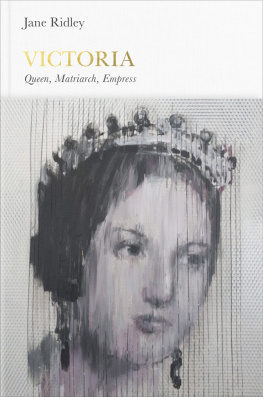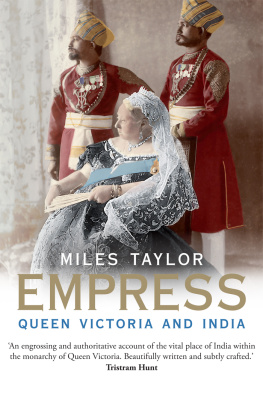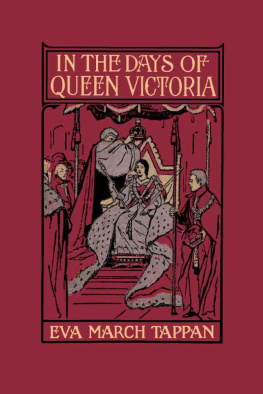Title Page
101 AMAZING FACTS ABOUT QUEEN VICTORIA
Jack Goldstein
Publisher Information
Published in 2014 by
Andrews UK Limited
www.andrewsuk.com
The right of Jack Goldstein to be identified as the author of this work has been asserted by him in accordance with the Copyright, Designs and Patents Act 1998
Copyright 2014 Jack Goldstein
All rights reserved. No part of this publication may be reproduced, stored in a retrieval system, or transmitted, in any form or by any means without the prior written permission of the publisher, nor be otherwise circulated in any form of binding or cover other than that in which it is published and without a similar condition being imposed on the subsequent purchaser. Any person who does so may be liable to criminal prosecution and civil claims for damages.
All information contained within this book has been researched from reputable sources. If any information is found to be false, please contact the publishers, who will be happy to make corrections for future editions.
Victoria Cross photograph courtesy of MoD/MOD
Introduction
Did you know that Queen Victoria could speak five different languages? Or that her closest childhood friend was a King Charles spaniel by the name of Dash? What did she ask staff to do instead of knocking on her door? And how did she deliberately annoy Prime Minister William Gladstone? All of these facts and more can be found in this fantastic guide to the long-reigning monarch and Empress of India. This book is perfect for those studying Queen Victoria at school, or even for those who are just interested in learning more about one of historys most fascinating figures.
Follow Jack Goldstein on Twitter @GoldsteinBooks
Visit Goldstein Books at www.jackgoldsteinbooks.com
The Basics
- Queen Victoria was born on the 24 th of May 1819.
- When she was baptised, her full name was in fact Alexandrina Victoria.
- Her father was Prince Edward, Duke of Kent and Strathearn.
- Her mother was Princess Victoria of Saxe-Coburg-Saalfeld.
- Victoria inherited the throne on the 20 th of June 1837, although her coronation took place a year later on the 28 th of June, 1838.
- She married Prince Albert on the 10 th of February 1840.
- The couple had nine children together, the first being Victoria, born on the 21 st of November 1840, the last Beatrice, born on the 14 th of April 1857.
- All of her children married into European royal families; this led to Victoria becoming known as the grandmother of Europe.
- Queen Victoria died on the 22 nd of January 1901.
- Her reign, known as the Victorian era , had lasted 63 years and seven months - the longest of any British monarch (although Queen Elizabeth II will surpass this on the 10 th of September 2015).
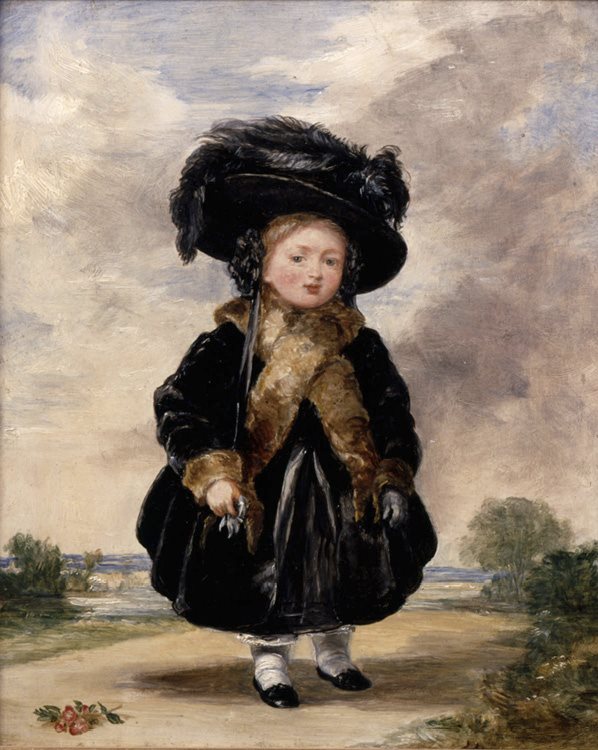
Victoria at the age of four
Ascension to the Throne
- When she was born, Victoria was fifth in line to the throne; a position that meant it was fairly unlikely she would ever become Queen. However, the royal family had recently been through a succession crisis, with a number of royal branches of the tree unlikely to have children.
- Victorias childhood was in her own words rather melancholy. She was raised in isolation by her extremely protective mother under a set of rules known as the Kensington System which prevented her from meeting people who were considered undesirable companions.
- Throughout the day, Victoria studied various modern languages as well as Latin under a private tutor, and spent her spare time playing with dolls and her dog, Dash. Every night she slept in the same bedroom as her mother, another sign of her intense lack of freedom.
- Victorias father had three older brothers, however the eldest two (George, Prince Regent and Frederick, the Duke of York) became estranged from their wives before they had borne any children.
- In addition to this, her youngest uncle, William, the Duke of Clarence, did have two daughters, however they both died in infancy.
- In 1820, Victorias father Prince Edward died, and within a week so did her grandfather, King George III.
- This meant that her fathers eldest brother (who had of course been prince regent) became King George IV.
- Seven years later, the Duke of York died, and three years after that so did King George IV.
- Now William IV ascended to the throne, and it became clear that - as he was not going to have any further children - Victoria would be the next monarch. She was however still a minor, and therefore the 1830 Regency Act was passed which made provision for Victorias mother, the Duchess of Kent to act as regent should William die whilst Victoria was still underage.
- King William was not a fan of the Duchess however, and vowed to live until Victorias eighteenth birthday. He kept true to his word, surviving until one month after Victoria became an adult, thus avoiding a regency. Thus began the wonderful and long-lasting reign of Queen Victoria.
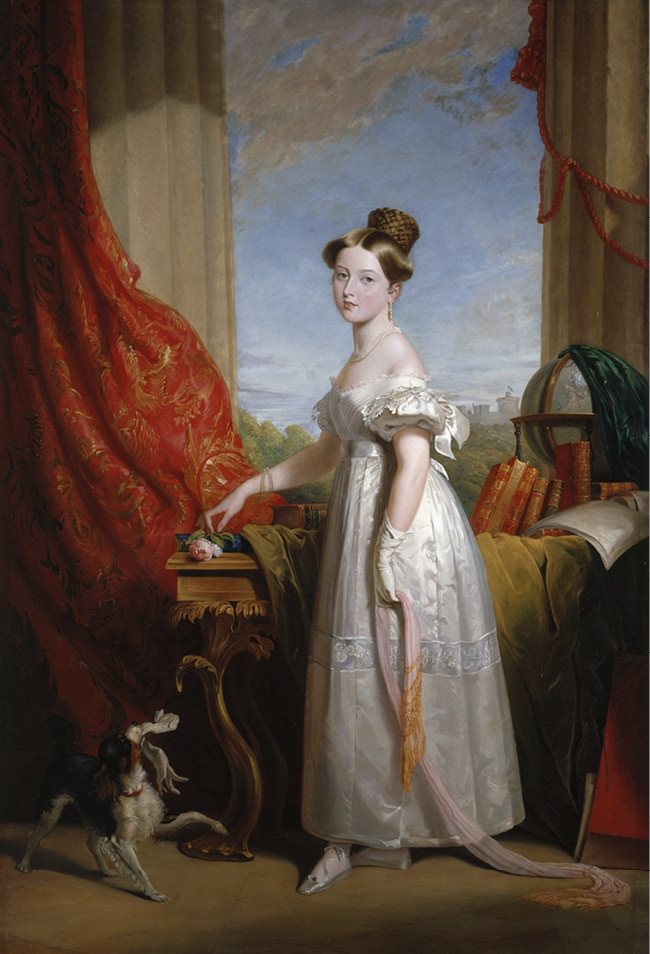
Victoria and her spaniel Dash
General Facts
- In 1856, towards the end of the Crimean War, Queen Victoria introduced the countrys highest award for bravery - the Victoria Cross. It is still awarded today for extreme acts of courage, not just in the United Kingdom but also in Australia and Canada.
- Victoria actually had two books published about her travels in the Scottish highlands.
- Although the Royal Mail had been operating since the sixteenth century, it was not until the 1 st of May 1840 that the first adhesive postage stamp was released. Of course, being during the reign of Queen Victoria, the stamp featured a portrait of her in profile, and (due to its colour) was known as the Penny Black. A mint condition Penny Black can today sell for more than 2000.
- Although Victoria was declared Empress of India, she sadly never got the chance to visit the country.
- Many buildings and locations both in the United Kingdom and across the wider world are named after the great monarch. Victoria Station is of course one such building, along with the Victoria line on the London Underground. Other examples include the Victoria Falls and Lake Victoria (both in Africa) as well as the capital of the Seychelles (called Victoria, of course), and two states in Australia (Victoria and Queensland) and many, many more.
- One of her favourite books was The Strange Case of Dr Jekyll and Mr Hyde.
- Prior to 1857, the country of India was not ruled by a government, but in fact by a company called the British East India Company . It had treated the Indians very badly over the years however, and in 1857 a large number of citizens began to revolt. This effectively plunged the country into civil war. Eventually, in 1858, the British East India Company was dissolved, and the ruling powers over India were transferred to the British Crown. Queen Victoria had written of her horror at the atrocities of the civil war, and vowed to help India become a much safer - and freer country. In 1876, the Royal Titles Act was passed which granted Victoria the additional title of Empress of India.
- In 1887, Britain celebrated the Queens fifty years on the throne with the Golden Jubilee; there were a great many street parties and events. Ten years later there were even more nationwide celebrations as people celebrated sixty years of Victorias rule with her Diamond Jubilee.
- Before she was Queen, Victoria was not allowed to tread up or down stairs without someone holding her hand, in case she fell and hurt herself.
Next page


